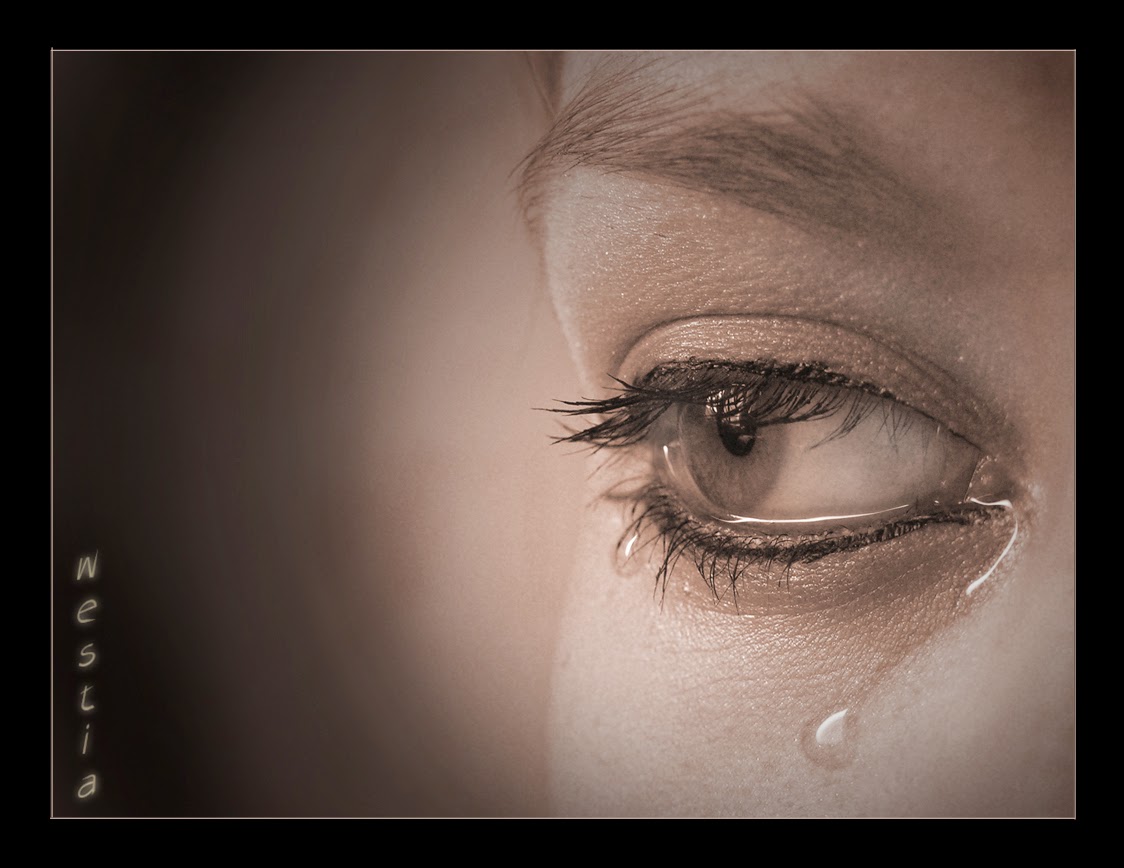I was born Catholic, but in my teens I disavowed that religion for its dogmatism and sexism. There was a certain rigidity about its beliefs, for example, about not allowing women to be priests and in general putting women in a subservient place. It perpetuated, rather than challenged, the gender discrimination of Western patriarchy.
Still I believe in God as omnipotent and omniscient, and benevolent and forgiving, too. So for the longest time now, I have viewed myself as spiritual but not religious. Religious practices such as going to church was a social phenomenon, and as such I didn't need this particular sort of being among people. I simply enjoy being around people, period.
So it was intriguing, and affirming of course, to read
Examining the Growth of the 'Spiritual but Not Religious'. Three women debate the viability of such a stance, from its being a form of ambivalence (Lillian Daniel), to a recoil from institution (Linda Mercadante), to an alternative to traditional worship and medicine (Carolyn Bender).
In the end, though, the following resonates best with me:
I've traveled the world, and encountered people from other major religions, such as Islam, Hinduism, and Judaism. While each may in fact have its own dogma and bias, I learn and adopt what makes to learn and adopt for myself and I am not bound by one or the other. Rightly or wrongly, this is what
T'ai Chi practice and
Taoism study have taught me.







